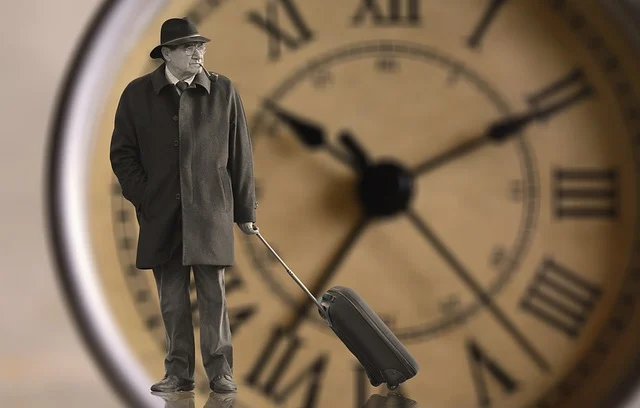What is time travel & Is time travel possible?

Scientist says time travel is possible, however, probably not in the way you’re thinking..
In short answer : Yes
you’re doing it right now speeding into the future at the remarkable rate of one second is per second.

You are nice-looking always moving through time at the same speed, whether you’re watching paint dry or wishing you had more hours to visit with a friend from out of town.
Moreover, this isn’t the kind of time travel that’s captivated countless science fiction writers, or spurred a genre so extensive that Wikipedia lists over 400 titles in the category “Movies about Time Travel.” In franchises like “Doctor Who,” “Star Trek,” and “Back to the Future” characters climb into some wild vehicle to blast into the past or spin into the future.
When the characters have traveled through time, they contend with what occurs, if you transformation past or present created on information from the future, which is where time travel stories intersect with the impression of parallel universes or alternate timelines.

Although many people are involved by the idea of changing the past or seeing the future before it’s owed, no person has ever proved the kind of back-and-forth time travel seen in science fiction or proposed a method of sending a person through significant periods of time that wouldn’t destroy them on the way. And, as physicist Stephen Hawking pointed out in his book “Black Holes and Baby Universes” (Bantam, 1994), “The best evidence we have that time travel is not possible, and never will be.
Alternate time travel theories by famous Scientist
Einstein’s theories appear to make time travel difficult, some researchers have proposed other solutions that could allow jumps back and forth in time. These alternate theories share one major flaw: As far as scientists can tell, there’s no way a person could survive the kind of gravitational pulling and pushing that each solution requires.
Astronomer Frank Tipler proposed a mechanism (sometimes known as a Tipler Cylinder) where one could take matter that is 10 times the sun’s mass, then roll it into a very long, but very dense cylinder. The Anderson Institute, a time travel research organization, described the cylinder as “a black hole that has passed through a spaghetti factory.”
After spinning this black hole spaghetti a few billion revolutions per minute, a spaceship nearby following a very precise spiral around the cylinder could travel backward in time on a “closed, time-like curve,” according to the Anderson Institute.
Major problem is that in order for the Tipler Cylinder to become reality, this cylinder would need to be infinitely long or be made of some unknown kind of matter. At least for the foreseeable future, endless interstellar pasta is beyond our reach…








